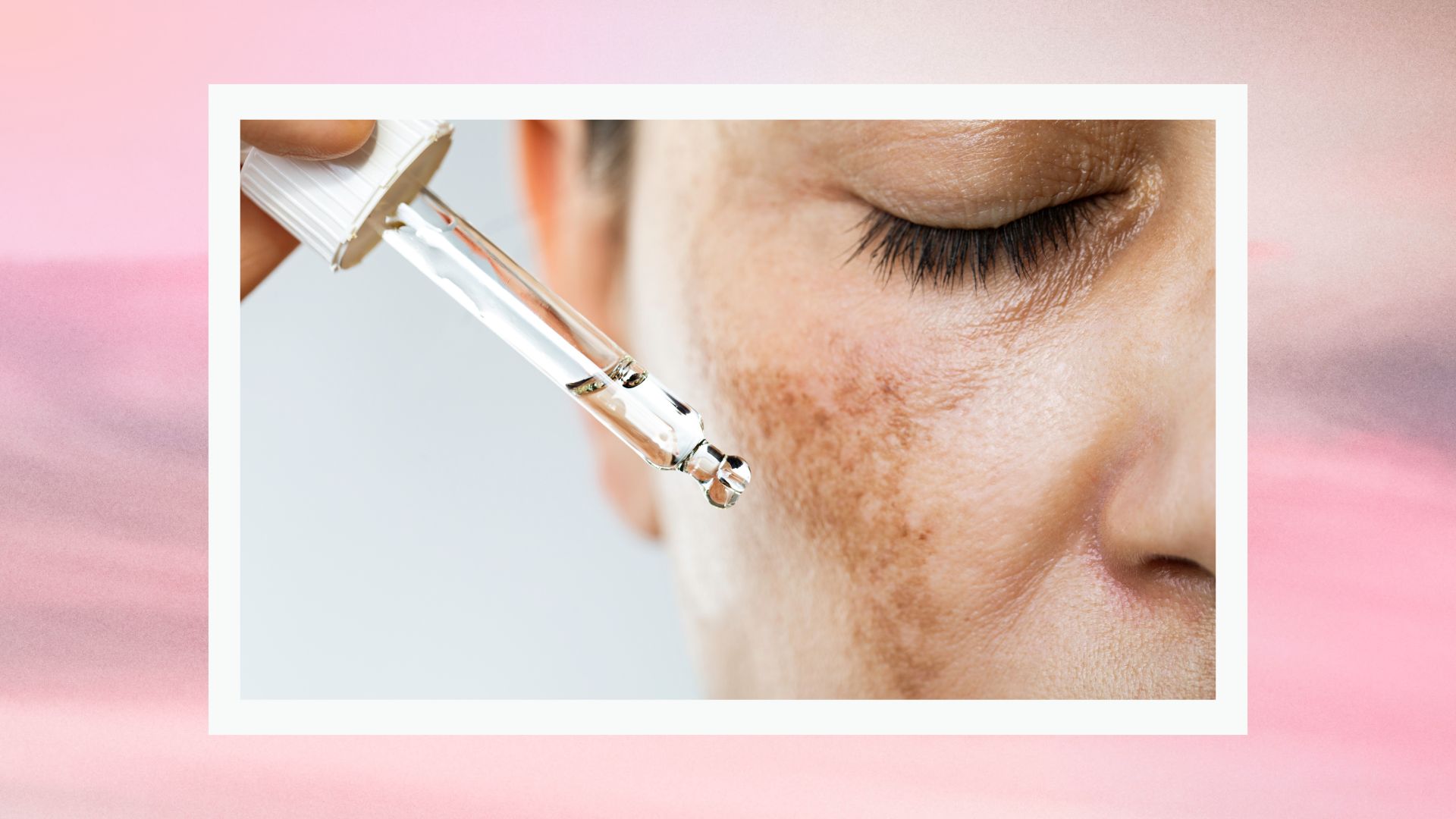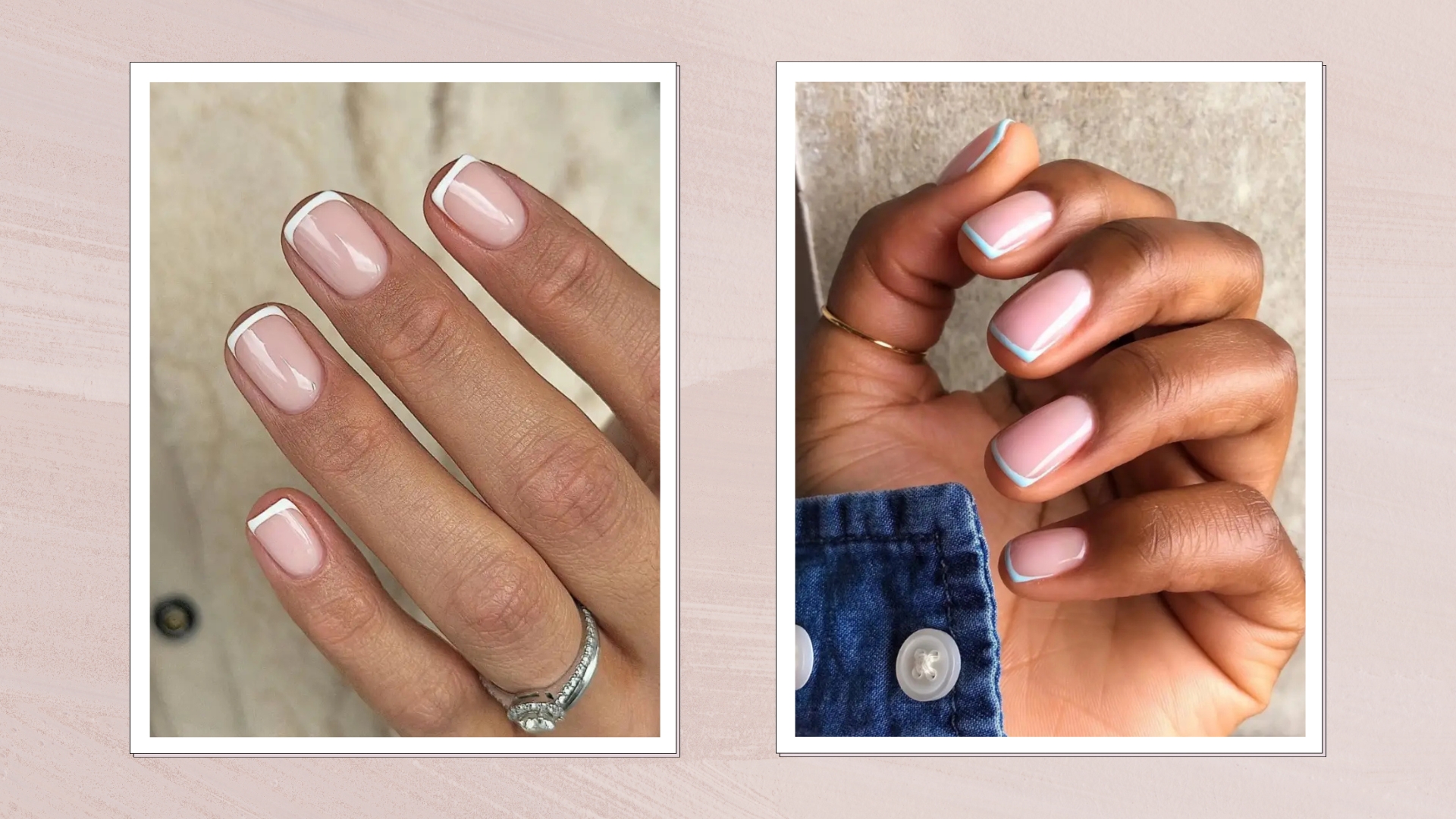What are hyaluronic acid fillers and can you get hyaluronic acid injections in your face?
Two doctors explain everything you need to know about how hyaluronic acid fillers work


It’s one of the most popular skincare ingredients, famed for its ability to hydrate the skin and hold up to 1,000 times its own weight in water. But hyaluronic acid isn’t only used in topical skincare, so what are hyaluronic acid fillers and can you get HA injections for the face?
As well as the best hyaluronic acid serums, this ingredient is actually already present in our skin naturally and is perhaps the most commonly used substance in both dermal and lip fillers.
We asked two of London’s leading aesthetic doctors and skin experts, both of whom inject hyaluronic acid fillers in their practices, to explain everything from how they work and how long they last and the potential side effects. In this guide you’ll find everything you need to know before searching for a qualified practitioner.
What are hyaluronic acid fillers and can get you get HA injections for face?
What are HA fillers?
Essentially, these are fillers that have been manufactured from hyaluronic acid (HA), as Dr Sophie Shotter, aesthetic doctor and founder of the Illuminate Skin Clinics explains. HA is actually present in our skin naturally, but its consistency is different in specially-designed filler, which adds volume by integrating with our natural tissues. “Whereas the skin’s natural hyaluronic acid is very liquid in texture, fillers undergo a process called cross-linking to turn them into gels, which are broken down much more slowly than endogenous [made in our own bodies] HA,” Dr Shotter says.
Our expert also notes that fillers with different consistencies and properties are required to achieve different results. “For example, we want a very thin, spreadable filler in delicate areas like the tear trough or lips, but we want a much more sculpting, lifting filler for areas like the jawline,” she adds.
What is hyaluronic filler used for?
Dr Ashwin Soni, plastic surgeon and founder of The Soni Clinic, notes that the benefits of hyaluronic acid fillers include improving skin texture and adding volume and support. They are suitable for all skin types and, as well as being made of a substance that occurs naturally in the body, are also biocompatible.
“Hyaluronic acid-based fillers can be used for areas such as the lips, smile lines, jawline, temple, under eye (tear trough), or cheeks, to name a few areas,” he says. “They can be effectively used to soften certain creases or to create a more youthful appearance to the face as we age. We often use them in combination with other treatments to create a lovely, rejuvenated and natural youthfulness for our patients.”
Sign up for the woman&home newsletter
Sign up to our free daily email for the latest royal and entertainment news, interesting opinion, expert advice on styling and beauty trends, and no-nonsense guides to the health and wellness questions you want answered.
What are the side effects of HA fillers? Are there any dangers?
The most common side effects after the injection of filler are bruising and swelling. Dr Shotter notes that this is why patients must be assessed properly prior to injection, as “HA placed in areas where a patient is prone to puffiness, such as the under eyes in some people, could make swelling worse.” She notes that other risks include infection and inflammatory complications.
There are more serious risks, including blood vessel occlusion. “[This is] where filler gets injected into a blood vessel, which can cause wound healing issues and a blood supply issue to the skin,” says Dr Soni. “This is a rare complication of filler and [it] must be dissolved immediately if this happens.” Dr Shotter adds that the worst case scenario of this may be blindness or a stroke, but that the risk of this happening is “extremely low”.
These risks are why it’s essential to do your homework before booking in with any aesthetic practitioner. Doing so will minimise the likelihood of any risks and ensure that your treatment is in the hands of a qualified professional who can safely and effectively manage any unexpected side effects.
Who should I see for HA fillers?
“HA fillers are extremely safe and well-tolerated procedures when a reputable product is injected by a qualified and experienced injector,” says Dr Shotter. “But unfortunately, the regulatory framework means there are many less-than-safe products available and many less-than-safe practitioners who inject.”
There is currently a concerning lack of regulation around who can administer filler in the UK. While a licensing scheme is being discussed – which will ultimately make the industry safer – you must do your research to ensure your treatment is carried out by a qualified and insured professional.
- Qualifications: Find out where your practitioner completed their aesthetics training and what certificates they hold. If these aren't available online, ask.
- Medical training: As well as a thorough understanding of facial anatomy, for example, having medical training means your practitioner will be able to quickly and safely treat any medical complications that arise. Doctors, dentists and nurses will be on the registers of The General Medical Council, The General Dental Council and The Nursing and Midwifery Council respectively and are accountable to the relevant organisation.
- Experience: The more years of providing aesthetics treatments, the more practised the practitioner's hand.
- Insurance: Ensure that your aesthetics provider has insurance. This will benefit both of you if something goes wrong.
- Previous work: You may want to look like you've had a bit of work done or for nobody to be able to tell that you've had filler injected. Check that your practitioner's before and after images and testimonials align with your desired results.
- Product: Look up the hyaluronic acid filler your practitioner uses before booking to ensure it's a trusted, well-known and good quality product.
- Premises: Make sure that the environment in which you'll be having your treatment is suitable and meets hygiene standards.
- Pre-treatment consultation: Having a consultation allows you to ask questions about the treatment before you decide to commit, but it's also necessary for you to be assessed for your suitability for said treatment. A good practitioner will always turn away somebody who isn't a good candidate for filler – or any aesthetic treatment.
How long do hyaluronic acid fillers last?
Both of our doctors note that the lasting time of hyaluronic acid fillers depends on a few different factors – the specific product used and its quality and density, where it is injected and individual factors such as the patient’s metabolism, for example.
“The results of fillers that I use, Juvederm, will last usually between one and two years,” Dr Shotter says. “Duration tends to be less in mobile areas like the lips and longer in less mobile areas. But there will be filler present for much longer than this, it may just be that the visible results have deteriorated through time and the progression of the natural ageing process."
According to Dr Soni, on average jawline and cheek filler can last between 12-14 months, for example, while tear trough filler usually lasts around 12 months and lip filler around nine. But if for any reason you aren't happy with the results a few months in, hyaluronic acid fillers can be dissolved.
Lucy is a UK-based beauty journalist who has written for titles including Marie Claire, Glamour and OK!, as well as contributing to woman&home. Her work covers everything from expert skin and haircare advice to beauty trends and reviews of the latest products. During her career she regularly speaks to the industry's leading hairdressers, dermatologists and make-up artists, has covered backstage at London Fashion Week and interviewed many a celeb about their beauty routine.
-
 We're in awe of Sienna Miller's easy-going and 'piece-y' hairstyle and how perfect it is for spring
We're in awe of Sienna Miller's easy-going and 'piece-y' hairstyle and how perfect it is for springThis laid-back hairstyle is - quite literally - making waves this season
By Naomi Jamieson
-
 We never thought we'd see this 'dated' manicure make a chic comeback, but here it is - and we're on board
We never thought we'd see this 'dated' manicure make a chic comeback, but here it is - and we're on boardClean and angular, short square French tips are a go-to this season for a practical but stylish manicure...
By Naomi Jamieson